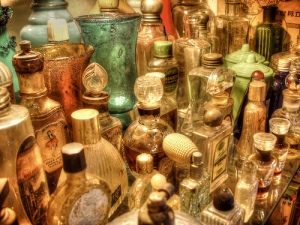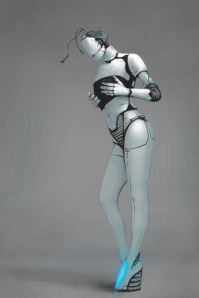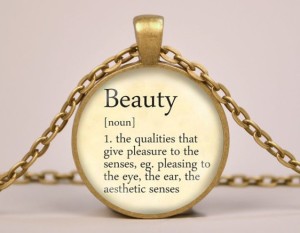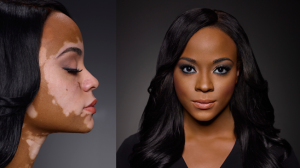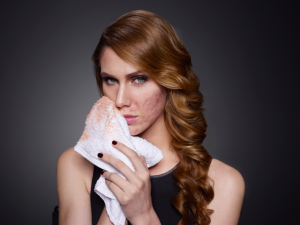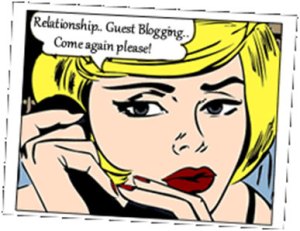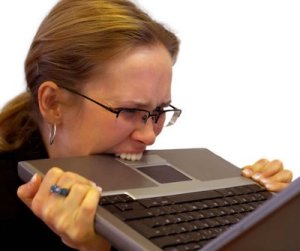Thanks to a conversation with fellow blogger Vivienne of Bluestocking Blue (on this post), I have been doing some research. Vivienne asked about the beauty politics of hair: what is it about long hair that makes it central to our ideas of beauty, and what roles do gender and economics play in this? Good question.
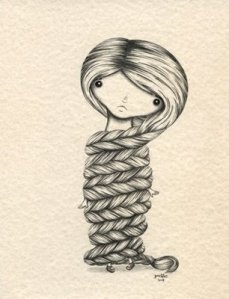
Artwork by Jamie Fales (noosed-kitty.blogspot.co.uk)
To start with, we could ask the Bible. I admit that I’m reluctant to do so, but I Corinthians says this:
“I want you to understand that the head of every man is Christ, the head of the woman is the man, and the head of Christ is God. 4 Every man praying or prophesying with anything down over his head dishonours his head, 5 but every woman praying or prophesying with her head uncovered dishonours her head – it is the same as if her head were shaven. 6 For if a woman will not be covered, then let her be shorn! But since it is disgraceful for a woman to be shorn or shaven, let her be covered. 7 For indeed a man ought not to cover his head, being the image and glory of God; but woman is the glory of man.”
So there’s that. Interestingly, the Quran does not say that women should cover their heads, only that they should dress modestly (7:26) and covers their chests (24:31). The Muslim veil was adopted from Christianity. In both religions we see the idea that a woman’s hair is her crowning glory, and that it is related to her sexuality and should therefore be covered. It’s astonishing how squeamish we still are – two thousand years later – about female hair, and how it is policed from head to toe.
So hair is related to sex. But what about money?
Vivienne raised the possibility that long hair is prized as beautiful partly because it is a status symbol: long hair is impractical, so having it implies that you are rich enough not to do physical work. Could this also be why is has been gendered feminine, since women have historically been kept in the house?
My first thought is that while there must be truth in this, it’s also true that women have always worked physically – just not all of them. Women of the forgotten working classes worked physically inside the house and outside, and just tied their hair up. It may not have been practical, but long hair was too tightly bound up with the idea of femininity to be given up: cropping a woman’s hair was a used as a punishment (albeit under the veil of practicality) in prisons and asylums, and also charity schools if Charlotte Brontë is to be believed in Jane Eyre.
Long hair was, however, very much a status symbol when it came to the trend for long powdered wigs (a.k.a. the peruke) in the mid-1600s. Wigs had not been fashionable, but at this time a syphilis epidemic swept Europe (those naughty Europeans!) and an awful lot of people were losing their hair to the disease. When the young French King Louis XIV started wearing a wig to cover his thinning hair, shortly followed by his cousin Charles II, King of England, wigs became a bit of a craze. They got bigger and more elaborate, and could cost more than the annual salary of most workers. And this, Vivienne, is where the term ‘bigwig’ came from. But the peruke was killed off along with the aristocrats in the French Revolution of 1789: the final blow in England came when Prime Minister William Pitt introduced a tax on hair powder in 1795. Trés amusant.

Louis XIV (www.newworldencyclopedia.org)
The relation of hair, sex and economics only got more complex as the centuries wore on, and hair colour became far more important than it deserved to be. Victorian novelists such as George Eliot and Charles Dickens used hair to symbolise their characters’ qualities: blonde hair was given to a “sweet, gentle and submissive” woman (Galia Ofek, p.103), while “dark hair signified fallen or dangerous female sexuality”. The golden hair of a virtuous woman is placed centre stage in Christina Rossetti’s 1862 poem ‘Goblin Market’ (read it here), a surreal and sensual fairy tale in which sisters Laura and Lizzie are tempted with fruit by strange “goblin men”. For fruit read sex, obviously (the poem was later published in Playboy, that well-known bastion of poetry). Laura buys some fruit with a lock of her golden hair, but it doesn’t go well – only Lizzie’s strong virginal resistance can save her sister. Both blonde, the sexual and economic power of their golden curls is ambivalent: it can damn them or save them. I’m reminded of Rapunzel.
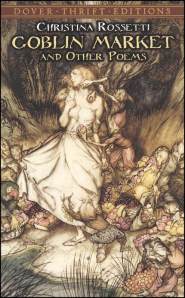
Artwork by Arthur Rackham (rainbowresource.com)
However, in the 1860s sensation fiction – melodramatic, gothic tales of murder and sexual deviance (I know, brilliant. Start with Wilkie Collins’ The Woman in White) – challenged this norm by introducing the character of the “fair-haired demon” (Margaret Oliphant, quoted in Ofek p.103). She may look like the sweetest golden-haired angel, but this character is a ruthless manipulator with no morals at all. The public loved her.
Writing in Victorian Sensations: Essays on a Scandalous Genre (2006), Galia Ofek analyses the association of blonde hair with “gold and sexuality” (p.106) further, arguing that it connects to the “Woman Question” which was in constant public discussion at the time. In 1857 two important legal battles were being fought: the Divorce Act was passed, which made divorce quicker and easier; and the Petition for Married Woman’s Property Bill took place. This petition was part of the process by which married women were eventually given the right, quite simply, to own anything. Before that, once a woman married everything she owned became her husband’s property, as did she. Married women had the same legal status as children, criminals and the insane. Once this began to change, women became more threatening to the social status quo as their economic and legal power increased.
Since a woman’s beauty was one of her only marketable assets, her seductive golden hair really could be the gateway to wealth and power, through marriage. And once her legal rights as a married woman allowed her to wield wealth and power herself, it suddenly felt more dangerous for a man to be tempted by that hair.
Then there were the redheads, like Cleopatra. Cleopatra? Yes, according to historian Joann Fletcher in Cleopatra the Great (2011). The evidence is not conclusive, but one particular portrait in the Herculaneum seems to show Cleopatra, identified by her royal diadem, with red hair. There were fair-haired Greeks in her family line, and red hair does show up in that part of the world, so it is possible. Maybe this explains her fiery and seductive disposition – oh wait, another cliché. Aren’t we humans simple-minded?

Rita Hayworth (fansshare.com)
Although the association of blonde hair with virtue, dark hair with vice, and red hair with sex was constantly questioned throughout the late 19th and early 20th centuries, classic Hollywood was happy to make use of the old images. Mary Pickford and Doris Day were the blonde sweethearts, while Theda Bara and Hedy Lamarr turned things dark and Rita Hayworth tossed her flaming tresses. Then again, Mae West, Jean Harlow and later Marilyn Monroe shook things up as peroxide vamps – and just like the “fair-haired demon” of Victorian sensation fiction, the public liked it.
But Hollywood doesn’t stand still, and hair has a new starring role nowadays, in How to Win an Oscar. Just ask Anne Hathaway, and Natalie Portman (OK, she didn’t win an Oscar for V for Vendetta but it’s much more memorable than her winning role in Black Swan). A woman shaving her head is still seen as an incredible sacrifice of her crowning glory (oh hello, Bible). Hathaway and Portman are celebrated for shaving their heads because they managed the astonishing achievement of still being beautiful even without hair. Non-beautiful lady skinheads do not receive such adulation, unless I am much mistaken.

(digitalspy.com)
Now, there is something notable about this whole history of hair – which of course is not exhaustive, but these points are the ones my library and internet research led me towards. Where’s the black hair? Sure, we’ve had dark hair and that had a bad enough rep, but we’re still missing a lot. The politics of the afro, hair relaxing and braids are weighty issues that are still in play – stories crop up about kids with cornrows being kicked out of school, and black models told that they won’t get work if they don’t have their hair relaxed. The best thing for me to do is direct you to bell hooks, and her famous 1988 essay “Straightening Our Hair” (scroll down a bit for the essay). There are also responses to hooks from Hannah Pool and Glenor Roberts in The Guardian, just for a start.
We each navigate our own personal hair politics all the time – should I go blonde, dare to get a fringe? – but the politics of hair are interwoven throughout social, sexual and economic history. Hair matters, far more than I’ve been able to describe here. How much do you think it should really matter – and have I missed any important hair stories?

